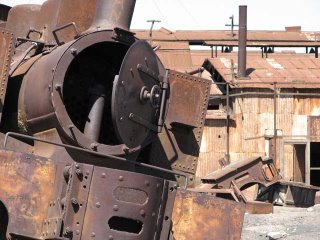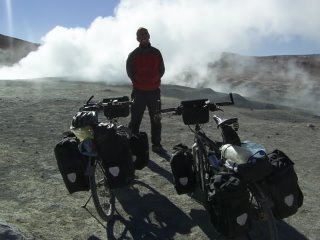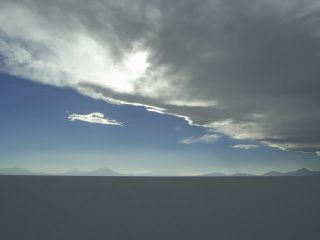A real ghost town.

The once rich and prosperous ´nitrate town´ of Humberstone now lays abandoned.
Slowly crumbling into the Atacama desert it's easy to imagine how life once was. A purpose built town with a swimming pool and theatre, life was good for workers and their families.
Unfortunately for them, petrochemical fertilizers and development of more explosive substances led to the bottom falling out of the nitrate market and almost overnight Humberstone along with numerous other Atacaman nitrate towns were abandoned.

Industrial buildings used to process the nitrate and even the engineers workshops have all been left exctly as they once were including tools etc.



The cast iron swiming pool complete with diving boards, shaded stadium seating and icecream kiost (left hand corner). This must have been packed on weekends and would be a welcome relief from the desert heat which was 37c on the day we visted.
 Holes in the corrugated iron roof lit up the dance floor in the ball room probably better than the old glitter ball used to.
Holes in the corrugated iron roof lit up the dance floor in the ball room probably better than the old glitter ball used to.








































